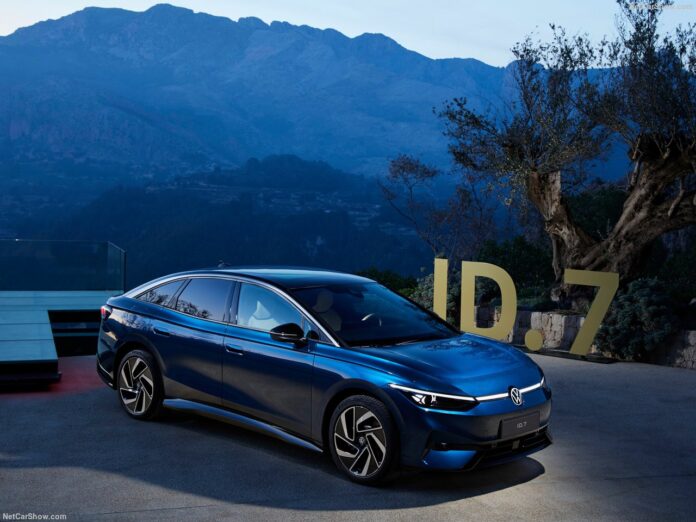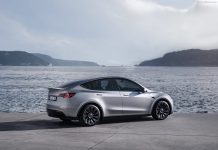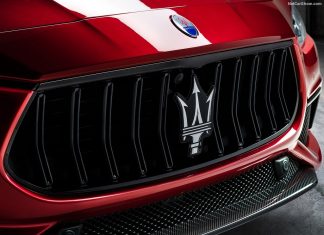Swedish Auto Market in 2025 continues to grow. H1 sales rose 7%, with Volkswagen gaining 49.9% and threatening the leadership of Volvo while securing top spot in EVs. Skoda and Subaru also reported notable gains.
Economic Environment
Sweden’s economic recovery is expected to gain traction in mid-2025, driven by lower interest rates and stronger household purchasing power, though growth remains subdued in the short term. The Riksbank began cutting rates in 2024, but the impact is delayed, and interest rates will remain higher than pre-pandemic levels, slowing the recovery compared to past rebounds. Households are stabilizing, with rising housing prices and improved consumer confidence, signaling a gradual increase in spending. Unemployment remains high at 8.4%, but signs of stabilization suggest a gradual decline in 2025 and 2026 as domestic demand improves.
Fiscal policy remains expansionary, with tax cuts and increased public investment, but housing construction remains weak due to stagnant population growth and financing challenges. Exports face uncertainty, with muted global demand, a weak SEK, and potential trade tensions, though Swedish vehicle and pharmaceutical exports have been resilient. Inflation is expected to stay near 2%, prompting further Riksbank rate cuts, but the central bank remains cautious due to currency vulnerabilities. Despite challenges, Sweden’s economy is positioned for a steady recovery, with moderate GDP growth expected in 2025 (1.6%) and 2026 (2.6%).
Automotive Industry Trend and Outlook
Brand-wise, Volvo continues to hold onto its leadership (+8.8%) with a 18.3% share. Volkswagen followed in 2nd with 14.3% (+49.9%) while Toyota ranked 3rd with 7.4% (-8.1%).
Kia ranked 4th (-0.5%) followed by Mercedes in 5th (+6.9%) and Skoda -up 3 spots- in 6th (+54%).
In 7th Audi gained +19.2%, ahead of BMW in 8th (+19.4%), Peugeot which grew 1 spot into 9th (+5.7%) and Polestar, rising 2 spots into 10th (+28.9%).
Looking at the ranking of the best selling cars, widely reported in the dedicated post, the leader became the Volvo XC60 (+31.7%) followed by the Volvo XC40 -up 2 spots- (+17.8%) and the Volkswagen ID.7 -up 61 spots- (+695.4%).
EV Market Trend and Outlook
Sweden’s EV sector mantains upward trajectory in 2025, with cumulative EV registrations up to May increasing by 13.3%. The electrification trend remains dominant, with increased policy support and investments in charging infrastructures.
Volkswagen led this surge, achieving a remarkable 105.1% rise in EV sales and climbing 2 spots, driven by the strong performance of the ID.7 model. In contrast, Volvo dropped 5% while Kia rose 114.6% and 3 spots.
Medium-Trend Market Trend
The Swedish automotive market dropped 14.3% over the 2014-2024 decade. Starting with 313,905 units in 2014, passenger car sales peaked in 2017 with a 23.32% rise. In 2018-2019, the market faced challenges, bringing sales to 355,000 at the start of 2020. The COVID-19 pandemic led to a significant dip in new registrations, falling below 300,000 units with a decline of 18%.
In 2021, the Swedish passenger car market showed signs of recovery, reporting a 3% increase with sales reaching 300,000 units. However, 2022 presented challenges as the market struggled to maintain high demand, due to a push towards electrification and other global macroeconomic factors, resulting in a 4.4% decrease to 287,610 sales. The downturn continued into 2023, with the overall market experiencing a double-digit decline. In 2024, sales contracted further, decreasing by 7%.
Despite overall market challenges, the Swedish electric vehicle (EV) market reported impressive growth from 2014 to 2024. Sweden was among the early adopters of EVs in Europe, and after a dip in 2019, the sector recovered and continued to expand steadily in 2021 and 2022. After peaking at 81,795 units in 2023, EV sales dropped by 10.2% in 2024, primarily due to the removal of government subsidies for battery electric vehicles (BEVs), which affected affordability and slowed demand growth.
Tables with sales figures
In the tables below we report sales for all Brands, top 10 Manufacturers Group, and top 10 Models.











